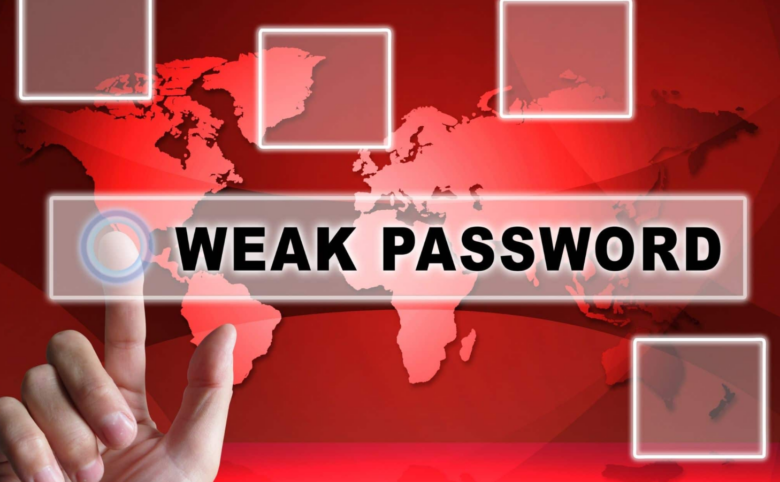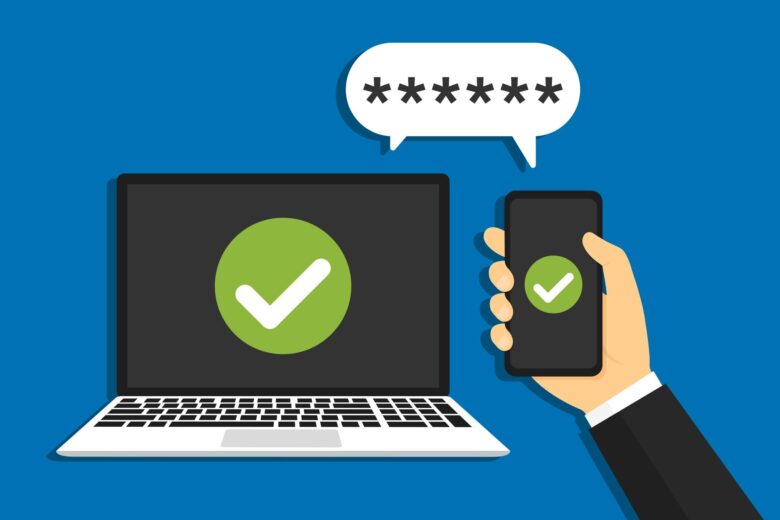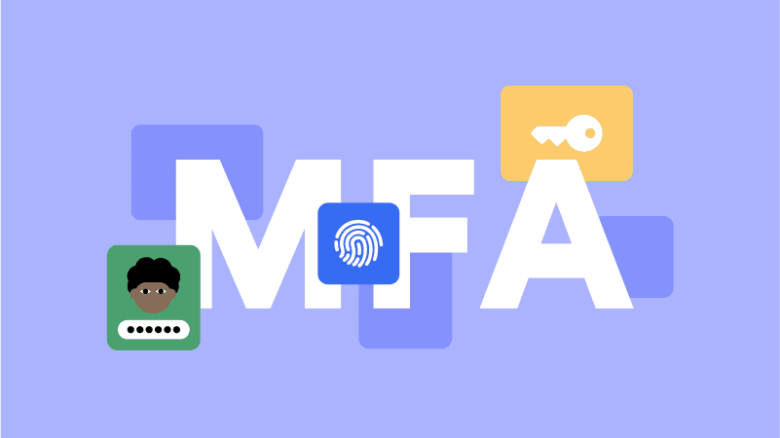Weak or stolen passwords are responsible for 81% of data breaches. This number emphasizes the importance of effective password management for businesses.
This article highlights the significance of strong password practices and how they impact your business’s security.
The consequences of password breaches can be severe, from data breaches and financial losses to legal troubles and damaged customer trust. So, let’s explore the world of effective password management and discover how it can enhance your business’s overall security.
Why Weak Passwords Spell Trouble for Your Business

Source: igniyte.co.uk
Did you know that the average global cost of a data breach rings in at a staggering $4.35 million? Hold onto your hat because that number skyrockets to $10.1 million in the healthcare industry. These mind-boggling figures should prompt an examination of your organization’s password practices.
Let’s zoom in on recent incidents that illustrate the consequences of weak passwords. In March 2022, a healthcare provider‘s lax password security led to a data breach. Just three months later, a bank suffered a similar fate. These real-life examples serve as painful reminders of the risks posed by weak passwords.
Two of the most common culprits behind password vulnerabilities are weak passwords and the habit of reusing them across multiple accounts. It’s like serving up a silver platter of sensitive information to hackers.
Importance of Strong, Unique Passwords
They protect your personal and business information from unauthorized access. Let’s explore the benefits of using strong passwords:
- Increased security – Strong passwords make it difficult for hackers to crack them using automated tools or brute-force attacks.
- Defense against common attacks – It helps protect against dictionary-based attacks.
- Preventing password reuse risks – Reusing passwords across multiple accounts puts you at risk. They minimize this danger.
- Meeting security standards – Many industry regulations require strong passwords to safeguard sensitive data.
To manage passwords effectively, follow these best practices:
Use Unique Passwords for Each Account

Source: 9to5mac.com
Avoid password recycling. Don’t reuse them across accounts to prevent one breach from affecting others. Another important factor is the complexity and randomness of your passwords. With Nordpass, you can create a strong one with upper and lowercase letters, numbers, and special characters. Avoid personal information or predictable patterns.
You can also consider using passphrases. Passphrases strike a balance between complexity and memorability.
Avoid Common Mistakes
Avoid apparent choices and discourage using common passwords like “password” or “123456.” Also, steer clear of personal details like birthdays or names. It’s a good practice to change them regularly. Encourage employees to change their passwords every 60 to 90 days.
Additionally, educate staff against social engineering. Teach employees to recognize phishing attempts.
Set Up Two-Factor Authentication (2FA)

Source: rd.com
Enable 2FA for all users. Using security keys or authenticator apps will help you keepsake your data. You can also implement the usage of biometric locks on authenticator apps. This is if you want to bulletproof your sensitive information.
Implement adaptive MFA policies, combining 2FA with a zero-trust approach and integrating it with single sign-on (SSO). These measures fortify your sensitive information and ensure a robust authentication system.
Minimizing the Risk of Security Breaches
Now, let’s dive into some proactive steps to reduce the risk of security breaches. By implementing additional security layers and following best practices, businesses can enhance their overall security and safeguard against potential breaches.
Fortifying Critical Accounts with Multi-Factor Authentication

Source: nordpass.com
Enabling MFA is like summoning an invisible fortress that blocks 99.9% of automated attacks reliant on stolen or weak passwords. For the utmost security, it’s advisable to employ MFA for critical accounts such as administrative privileges, financial systems, and email access. If you are using critical software such as communication and office management tools like Flanco, utilize MFA to bolster your data safety.
The Art of Safeguarding Passwords: Encryption and Storage Mastery
They hold the key to your kingdom of confidential information. To shield these gateways, it is imperative to harness the powers of encryption and adopt secure storage practices. Here’s a brushstroke of best practices to guide you:
- Encryption – Cloak them in a veil of encryption at rest and in transit.
- Salted Hashing – This process adds a randomized string of characters to each one. Salted hashing makes it hard for attackers to crack them using precomputed tables.
- No Plain Text Storage – Never leave passwords lounging around in plain text. Embrace industry best practices that champion secure storage, shielding your assets from unauthorized access.
The protection of passwords for communication and office management tools is crucial. Breaches can unleash a tempest of consequences, from unauthorized access to confidential information and compromised internal communication to the potential exposure of customer data.
Monitoring for Compromised Passwords and Data Breaches

Source: passwordboss.com
In the digital world, passwords and data breaches are constant threats. To protect your business, you must:
- Stay vigilant by monitoring for compromised passwords – Use services and tools that identify if your employees’ passwords have been compromised.
- Act quick – Prompt your employees to change them, reducing the risk of unauthorized access.
- Implement monitoring systems – It helps you thwart security breaches before they strike.
Conducting Periodic Security Assessments and Audits

Source: portnox.com
Regular assessments and audits are essential to maintain a secure environment. Let’s explore the key steps in this process.
- Vulnerability Scanning – Vulnerability scans uncover weaknesses in systems, networks, and applications.
- Penetration Testing – Penetration tests simulate real-world attacks, revealing potential entry points for malicious actors. It ensures your defenses stand strong and resolute.
- Compliance Audits – Conform with industry standards and regulations about your business, such as PCI DS or GDPR. Aligning with these compliance measures creates a shield against breaches and instills trust among stakeholders.
Conclusion

Source: techradar.com
Weak passwords and poor practices put businesses at risk of data breaches, financial loss, and a damaged reputation. Protecting sensitive data and maintaining trust requires proactive and careful management.
Embrace strong passwords, use management tools, and stay updated on security practices to ensure your business’s long-term security and success in the digital age.




